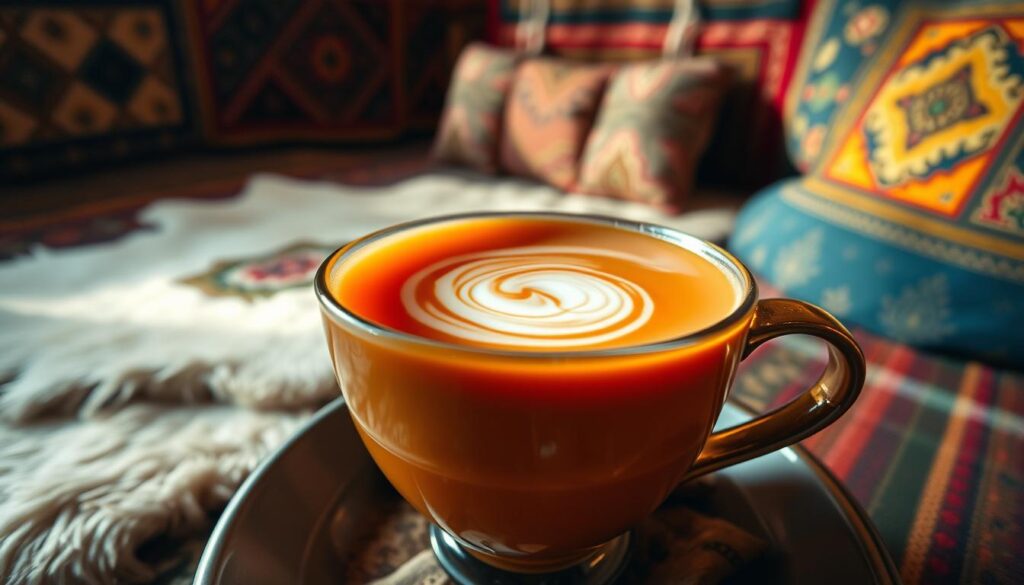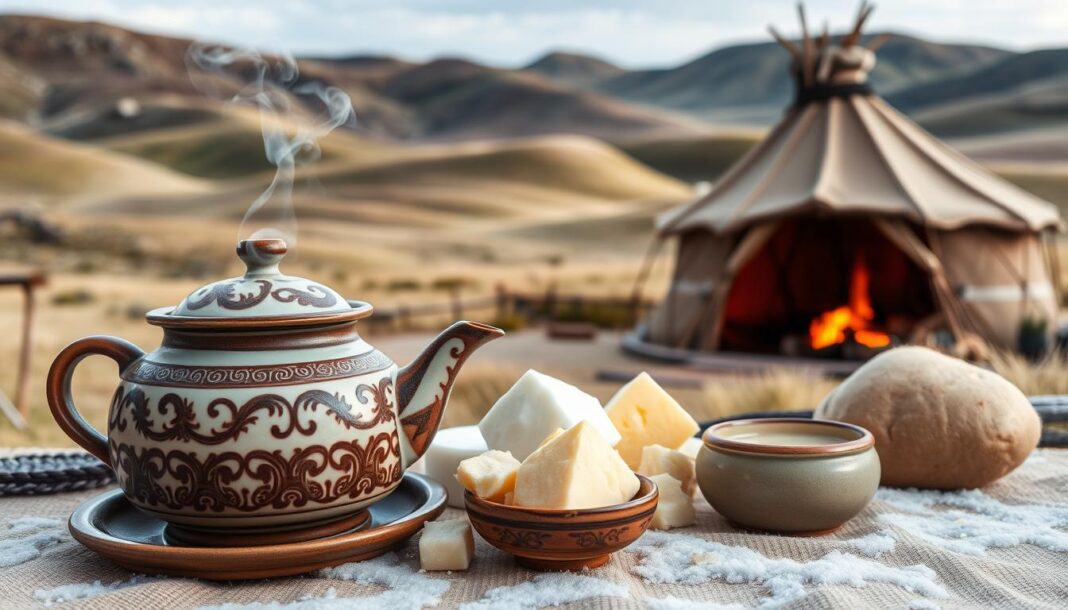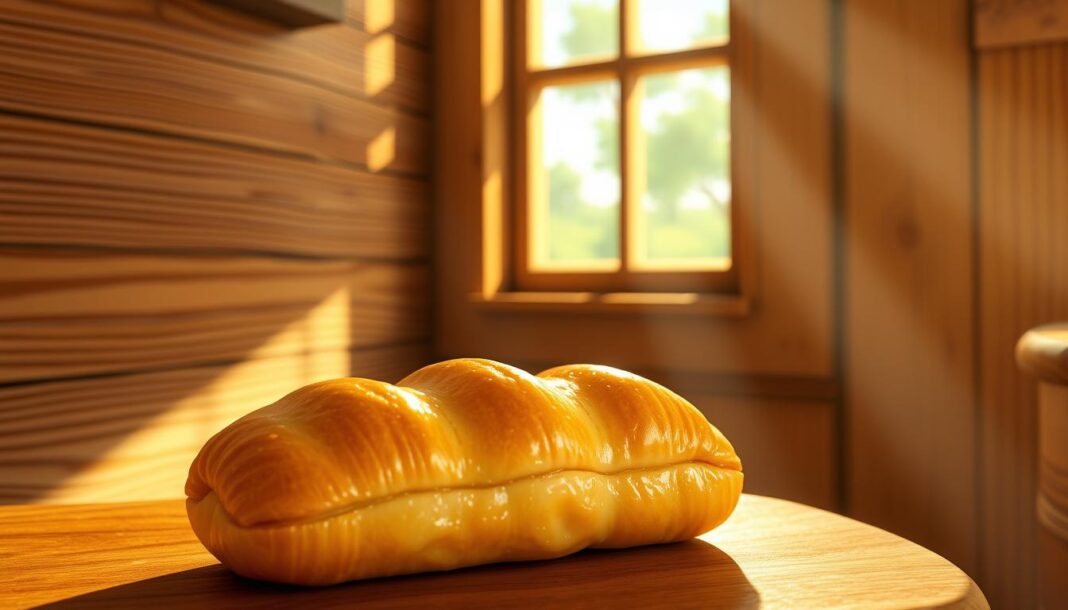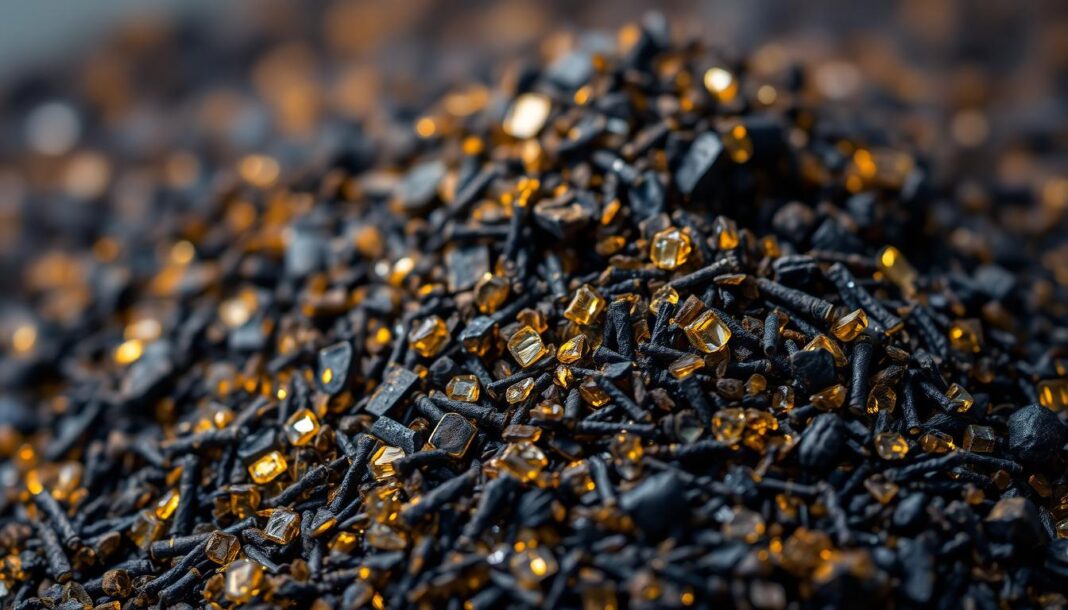We’re excited to share our comprehensive guide to making authentic suutei tsai, a unique beverage that differs significantly from what many Westerners typically associate with milk tea.
This traditional drink holds deep cultural significance in Mongolia, where it’s served daily in nomadic households and offered as a gesture of hospitality to visitors. Unlike sweet bubble tea varieties, Mongolian milk tea features a distinctive salty flavor profile that might surprise first-time tasters but quickly becomes an acquired taste that many come to crave.
Throughout this guide, we’ll explore the historical context of this beverage, break down the essential ingredients, and provide our tested method for achieving the perfect balance of flavors. Whether you’re a culinary explorer seeking authentic international recipes or simply curious about different tea traditions around the world, our detailed instructions will help you recreate this warming, nutritious drink in your own kitchen.
Key Takeaways
- Learn the history and cultural significance of Mongolian milk tea
- Discover the essential ingredients for making authentic suutei tsai
- Understand the unique flavor profile of this traditional beverage
- Get step-by-step instructions for preparing Mongolian milk tea
- Explore the nutritional benefits of this warming drink
What Is Mongolian Milk Tea?
Suutei tsai, or Mongolian milk tea, is more than just a drink; it’s an integral part of the country’s heritage. This traditional beverage is served in bowls, not cups, and is a staple in Mongolian households, particularly in yurts or ‘gers’.

In Mongolia’s harsh climate, where farming is limited, the diet primarily consists of “white foods” (dairy products) and “red foods” (animal meat). Milk tea is the standard beverage served with every meal, making it an essential part of Mongolian hospitality. About 30 percent of Mongolians are nomadic or semi-nomadic, and offering milk tea is a significant gesture of welcome.
The Cultural Significance of Suutei Tsai
Suutei tsai is a cultural cornerstone that reflects the nomadic lifestyle and harsh climate conditions that have shaped Mongolian cuisine. In traditional households, milk tea is prepared multiple times daily, serving as both nourishment and comfort. It’s a drink that accompanies most meals and social gatherings, symbolizing community and warmth.
How Mongolian Milk Tea Differs from Other Varieties
Unlike other Asian milk teas that are sweet, Mongolian milk tea is distinctively savory, with salt being a key flavor component. This characteristic developed from the need to replenish minerals lost in the arid climate. The preparation technique also differs, involving a unique aeration method that creates a slight frothiness. This, combined with its traditional serving in small bowls, sets Mongolian milk tea apart from other varieties.
Essential Ingredients for Authentic Mongolian Milk Tea
Creating authentic Mongolian milk tea requires a thoughtful selection of ingredients. The traditional beverage is known for its rich flavor and creamy texture, which is achieved by combining a few key components.
Traditional Components: Tea, Milk, Water, and Salt
The foundation of authentic Mongolian milk tea lies in its four essential ingredients: tea leaves, milk, water, and salt. We recommend using whole milk rather than reduced-fat varieties to achieve the authentic creamy texture. Both green and black tea varieties are used, with green tea being more traditional. Salt is added to taste, typically starting with about half a teaspoon per quart of liquid.
Optional Additions and Regional Variations
Beyond the core ingredients, regional variations across Mongolia incorporate additional elements like butter or animal fat, which adds richness and calories. Some recipes include toasted millet or buckwheat, creating a more substantial beverage. These additions provide texture and nutty flavors that complement the savory profile of the tea.
By understanding the essential ingredients and optional additions, you can create an authentic Mongolian milk tea experience that honors traditional flavors while allowing for personal preferences.
Step-by-Step Guide to Making Mongolian Milk Tea
In this section, we’ll walk you through the steps to create a delicious and authentic Mongolian milk tea. To start, you’ll need to prepare your equipment and ingredients.
Preparing Your Equipment and Ingredients
To make authentic Mongolian milk tea, you’ll need a medium to large pot with high sides, a ladle, a heat source, and serving cups or bowls. For the ingredients, measure out equal parts water and whole milk (typically 2 cups of each for 4-6 servings), 1-2 tablespoons of loose-leaf tea or 2-3 tea bags, and approximately 1/2 teaspoon of salt to start.
The Brewing Process
The brewing process begins by bringing the water to a boil in your pot, then adding the tea leaves directly to the water. After allowing the tea to boil for 1-2 minutes, add the milk to the pot and bring the mixture back to a gentle boil. Be careful to watch the pot as milk can quickly boil over if left unattended.
The Important Aeration Technique
The aeration technique is what truly distinguishes Mongolian milk tea preparation. Using a ladle, scoop up some of the tea mixture and pour it back into the pot from a height of about 12 inches, repeating this process 10-15 times to create a slightly frothy texture and fully incorporate the ingredients.
Serving Suggestions and Pairings
Once properly aerated, add salt to taste, adjusting gradually until you achieve the traditional savory flavor. Traditionally, the milk tea is served in small bowls rather than cups, and paired with Mongolian foods such as boortsog (fried dough) or hearty meat dishes like buuz (dumplings). For those who wish to print this recipe for future reference, our instructions are designed to fit neatly on a standard recipe card.
Enjoying Your Mongolian Milk Tea Experience
Embracing Mongolian Milk Tea means embracing a centuries-old tradition that warms the heart and soul. Milk tea is more than just a beverage in Mongolia; it’s a symbol of hospitality and community.
To fully appreciate Suutei Tsai, we recommend serving it in small bowls rather than cups, as is traditional in Mongolia. This allows you to notice how the savory flavor profile complements rather than competes with food.
Authentic Mongolian milk tea pairs exceptionally well with traditional dishes from the region. Consider adding a small amount of butter to enrich the flavor and add calories, a practical consideration in Mongolia’s harsh climate.
For a more authentic experience, use a dedicated pot or pan for preparing your tea, and feel free to print our recipe to share with friends. Serving milk tea in your home connects you to a beautiful tradition of welcome that spans centuries of nomadic culture.
As you enjoy your tea in cups or bowls, remember that the experience is about more than just the taste; it’s about embracing the cultural context and tradition behind this unique beverage.


